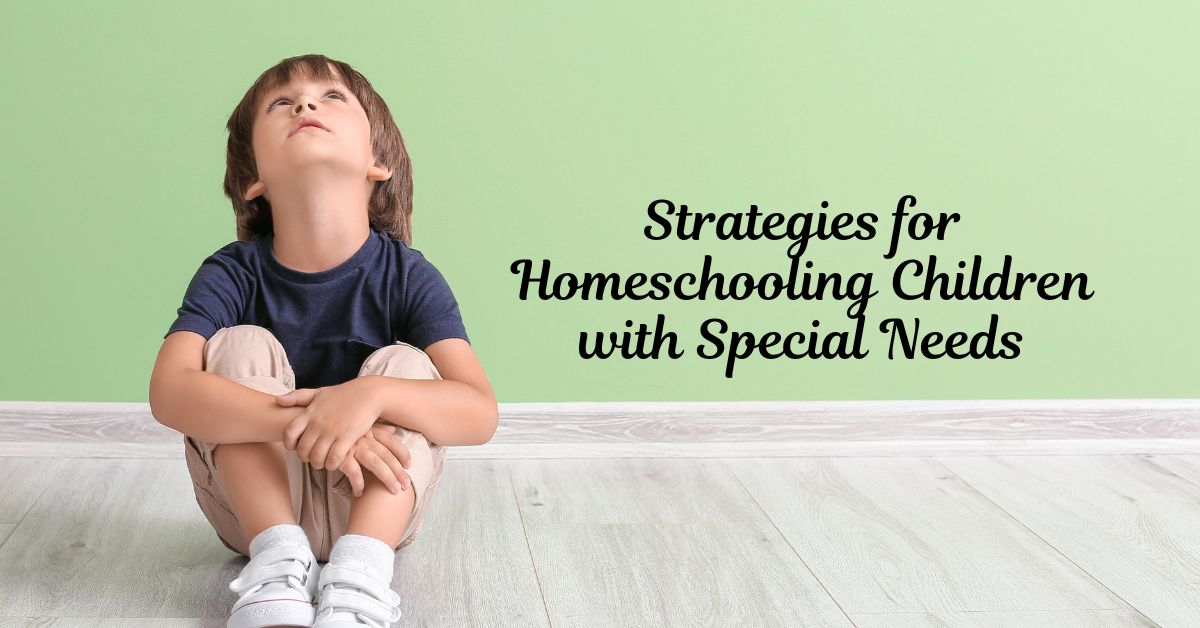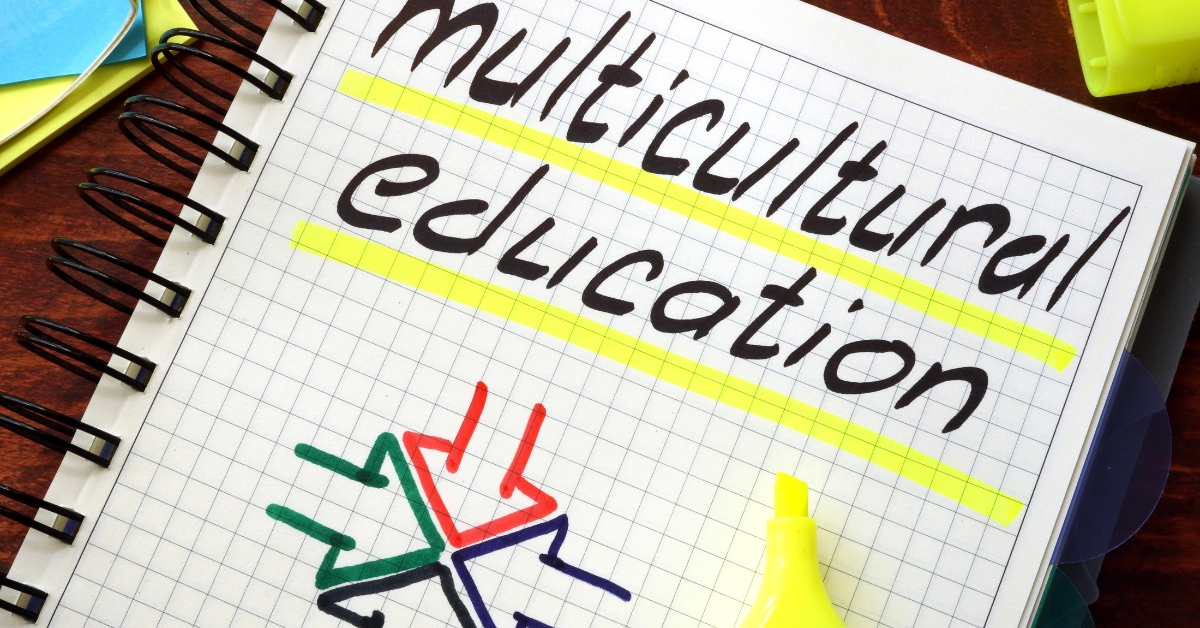Public speaking is an essential skill that can have a lifelong impact. It teaches confidence, self-expression, and the ability to connect with audiences. For homeschool families, the flexible and tailored nature of homeschooling creates a perfect environment to teach public speaking. With the right strategies, parents can guide their children through mastering this invaluable skill […]





